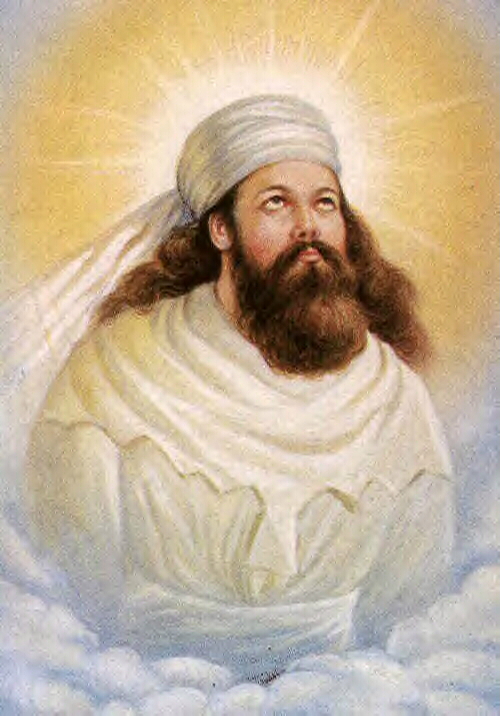Thus departed Zarathustra
 The ancient and formerly sizable religion of Zoroastrianism is facing dwindling numbers. Followers of the prophet Zarathustra -- and devotees of the divine being Ahura Mazda -- are worried about the survival of their Persian religion. While Zoroastrians population declines from a heyday thousands of years ago are notable, even the decline in their numbers and importance over the last century is notable. At the first Parliament of the World's Religions in 1893 it was considered one of the top ten religions. Now, other than the late Freddie Mercury (a.k.a. Farrokh Bulsara), how many Zoroastrians do you know of?
The ancient and formerly sizable religion of Zoroastrianism is facing dwindling numbers. Followers of the prophet Zarathustra -- and devotees of the divine being Ahura Mazda -- are worried about the survival of their Persian religion. While Zoroastrians population declines from a heyday thousands of years ago are notable, even the decline in their numbers and importance over the last century is notable. At the first Parliament of the World's Religions in 1893 it was considered one of the top ten religions. Now, other than the late Freddie Mercury (a.k.a. Farrokh Bulsara), how many Zoroastrians do you know of?
TIME reporter Deena Guzder, reporting from Yazd, Iran, writes about the issue here. She begins by introducing a tower where tens of thousands of corpses have been placed:
Zoroastrians (known in India as Parsis) regard sky burials, in which the bodies are exposed to natural elements including vultures in open-topped "Towers of Silence," as an ecologically friendly alternative to cremation, consistent with their religion's reverence for the earth. A Zoroastrian priest clad in a long, cotton robe explains: "Death is considered to be the work of Angra Mainyu, the embodiment of all that is evil, whereas the earth and all that is beautiful is considered to be the pure work of God. We must not pollute the earth with our remains."
The priest believes that open burials are a fulfillment of the central tenet of his religion, which is to practice good deeds. With a forlorn expression, he notes that, 3,000 years after the tradition of open burials began, there are not enough Zoroastrians left alive to keep the tower in Yazd open. Instead, today's Zoroastrians who want to observe traditional burial practices must request in their will that their body is sent to a forested suburb in Mumbai, India, where the last Tower of Silence still operates.
The story isn't long but packs in quite a bit of doctrine. The reader learns about various rites and accoutrement of the religion. We also learn a bit about what has dispersed believers from the region as well as the fierce debate over how to respond to the decline in numbers:
Despite their shrinking population, Zoroastrians remain fiercely divided over whether to recognize interfaith families, let alone accept non-generational Zoroastrians. Tens of thousands fled Persia during the Islamic incursions in the 10th Century and were granted refuge in India under the condition they did not marry outside their faith or proselytize to the Hindu majority. Ramiyar P. Karanjia, principal of a Zoroastrian religious school in Mumbai, India, insists, "Conversion is not part of our religion." Yet, in India, home to the majority of Zoroastrians, the community is declining by about 10% every decennial census, according to a report released by UNESCO. Today, Zoroastrians remain a tight-knit and self-secluded community that strongly encourages marriage within the faith.
Perhaps I'm alone in my ignorance here, but I'm unsure what "non-generational Zoroastrians" are. It may have been a good idea to explain that a bit more.